Breaking the Cycle: Alternative Cashflow Strategies to Replace Buy Now, Pay Later Schemes
In recent years, Buy Now, Pay Later (BNPL) services (afterpay, zippay, paypal) have surged in popularity, offering consumers a seemingly convenient way to spread out the cost of purchases over time. However, this convenience often comes at a price, leading to mounting debt and financial stress. If you’ve found yourself caught in the BNPL cycle, it might be time to explore alternative cashflow strategies that put you back in control of your finances.
Here’s a step-by-step guide to help you break free from BNPL schemes and develop healthier financial habits.
- No More Buy Now, Pay Later Purchases – Stop the Cycle
The first step in regaining control of your finances is to stop making new BNPL purchases. These schemes can make it easy to accumulate debt quickly, as they encourage spending money you don’t currently have. By deciding to halt further use of BNPL services, you can begin to take control of your cash flow and stop the cycle of accumulating more debt.
- Pay Down Remaining Debt to Zero – Calculate Your Average Fortnightly Payment
Next, focus on paying down any remaining BNPL debt as quickly as possible. Start by calculating your average fortnightly payment across all your BNPL accounts. This figure will give you an idea of how much money you’ve been committing to these payments. It’s important to prioritise paying off this debt, as late fees can quickly add up, further straining your finances.
Set up automatic payments to ensure you’re consistently paying down your debt, and consider making additional payments whenever you can to accelerate the process.
- Reallocate Fortnightly Payments to Savings or Future Purchases
Once you’ve successfully paid down your BNPL balance to zero, you’ll have freed up the amount you were previously spending on fortnightly payments. Rather than falling back into the BNPL trap, reallocate these funds toward a savings account or earmark them for similar future purchases. This way, you’re spending the same amount, but relying on your own money and not spending more than what’s available.
Setting up an automatic transfer to your savings account every fortnight can help you build a healthy savings buffer. This approach not only protects you from falling back into debt but also ensures you’re prepared for future expenses without relying on credit.
- Saving or Reallocating Cashflow: Discretionary vs. Non-Discretionary Spending
Finally, consider whether your BNPL purchases were primarily for discretionary spending (non-essential items like clothing, gadgets, etc.) or non-discretionary expenses (essential items like groceries, bills, etc.). If BNPL was being used for discretionary spending, reallocate your newfound cash flow toward savings or planned purchases. By setting aside money in advance, you can still enjoy life’s little luxuries without relying on BNPL debt.
If BNPL was being used for non-discretionary spending, it’s crucial to re-evaluate your budget. Consider whether you need to adjust your spending habits or find additional ways to boost your income. Allocating your cash flow toward essential expenses first ensures that you’re meeting your basic needs without falling into debt.
Take Control of Your Financial Future
By following these steps, you can break free from the BNPL cycle and develop a more sustainable approach to managing your cash flow. At Apex Financial Services Group, we’re committed to helping you achieve financial freedom and build a secure future. If you need personalised advice on managing your finances, contact us today. We’re here to help you navigate your financial journey with confidence.
